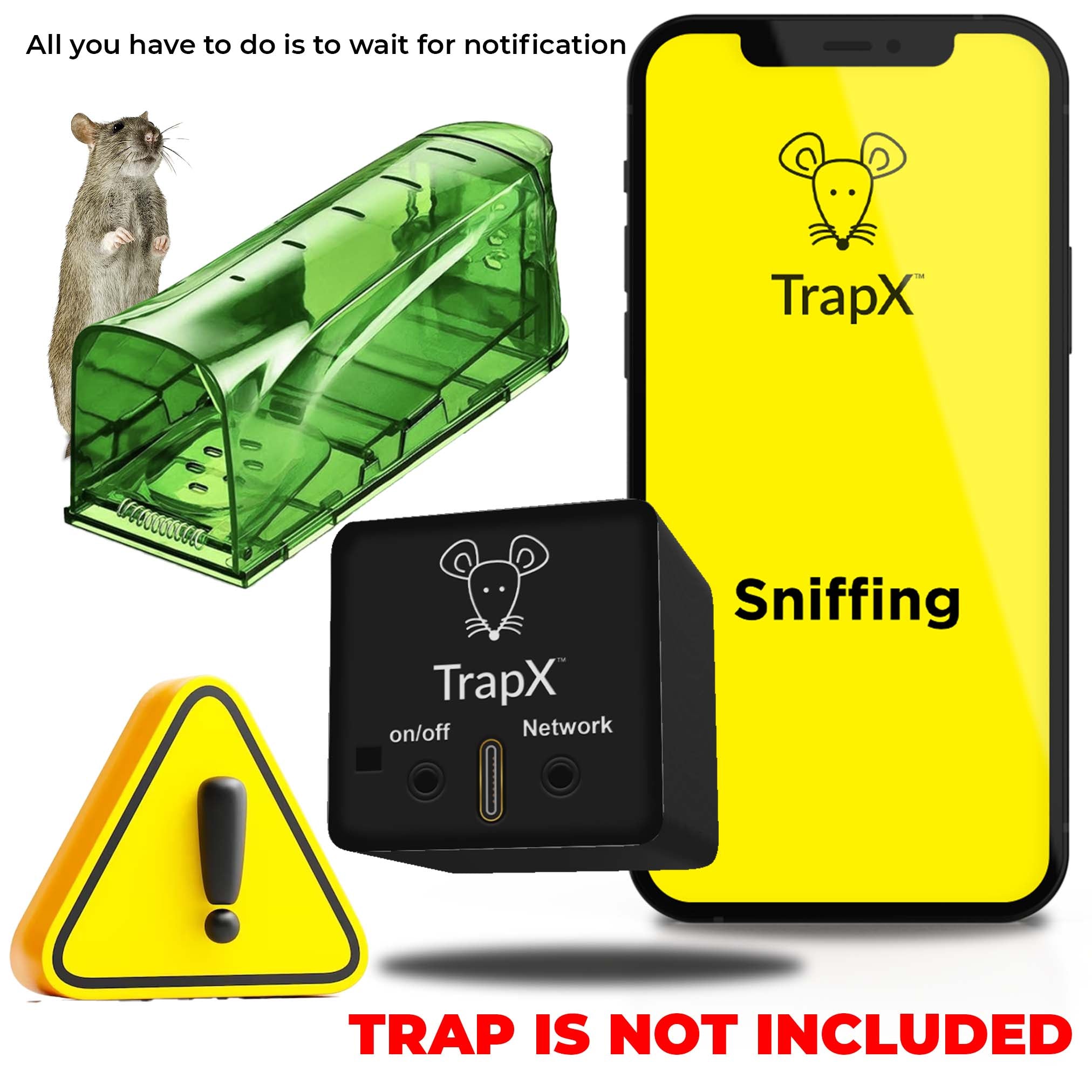How to Rodent Proof Your Home?: Steps to Keep Rodents Away
Share
Finding signs of rodents in your home can be quite unsettling. These unwanted pests can cause significant damage to your property, contaminate food, and even spread disease. Learning how to rodent proof your home is crucial for maintaining a safe and healthy environment.
In this article, we will delve into the various methods and strategies you can employ to effectively rodent proof your home, ensuring these pesky intruders stay far away.

Identifying Common Signs of Rodent Infestations
Before diving into the steps to rodent proof your home, it's essential to identify whether you have a rodent problem in the first place. Here are some common signs to watch out for:
Droppings and Urine
Rodents tend to leave droppings and urine trails along their paths. These are usually found near food sources or nesting areas.
Nesting Materials
Rodents gather materials like shredded paper, fabric, and insulation to build their nests. If you find such materials in hidden corners, it could be a sign of rodent activity.
Gnawed Objects
Rodents have a constant need to gnaw on objects to keep their teeth sharp. Look out for gnawed wires, furniture, and walls.
Nocturnal Noises
Rodents are mostly active at night. If you hear scratching or scurrying sounds in the walls or ceilings, it might be a sign of rodent activity.

Steps to Rodent Proof Your Home
Now that you know the signs, let's explore how to rodent proof your home:
Seal Entry Points
Rodents can squeeze through very small openings. Inspect the exterior of your home and seal any gaps or cracks, particularly around doors, windows, and utility lines.
Maintain a Clean Environment
A clean home is less attractive to rodents. Ensure all food is stored in airtight containers and regularly dispose of garbage. Sweep and mop floors to remove crumbs and spills.
Eliminate Clutter
Cluttered areas provide hiding spots for rodents. Keep storage areas organized and elevate items off the floor.
Use Natural Repellents
Natural repellents like peppermint oil, ammonia, and mothballs can be effective in keeping rodents at bay. Place these in areas where rodent activity is suspected.
Keep Your Yard Tidy
A well-maintained yard is less inviting for rodents. Mow the lawn regularly, keep shrubs trimmed, and eliminate standing water.

DIY Rodent Proofing Solutions
For those who prefer a hands-on approach, here are some DIY solutions to consider:
Steel Wool and Caulk
Stuff steel wool into small gaps and cover them with caulk to prevent rodents from squeezing through. The steel wool is difficult for them to chew.
Wire Mesh
Cover larger openings with wire mesh or hardware cloth. This is effective for vents and larger gaps around pipes.
Electronic Rodent Repellents
These devices emit ultrasonic sounds that are unpleasant for rodents but inaudible to humans. Place them in areas where rodent activity is common.

Professional Rodent Proofing
If your rodent problem is severe, it might be time to call in professionals. Pest control experts have the tools and knowledge to effectively rodent proof your home.
Pest Control Services
Professional pest control services can identify entry points and provide treatments that are safe and effective. They can also offer long-term solutions to prevent future infestations.
Exclusion Services
Exclusion services focus on sealing entry points and fortifying your home against rodents. This can be a more permanent solution to your rodent problem.
Maintaining a Rodent-Free Home
Rodent proofing is not a one-time task. Regular maintenance is essential to keep your home rodent-free.
Regular Inspections
Conduct regular inspections of your home to identify potential entry points and signs of rodent activity. Early detection is key to preventing infestations.
Seasonal Preparations
Rodents often seek shelter indoors during colder months. Be proactive and reinforce rodent proofing measures before the onset of winter.
Conclusion
Rodent proofing your home requires a combination of vigilance, maintenance, and sometimes professional help. By following the steps outlined in this article, you can create a rodent-free environment, ensuring the safety and well-being of your household.
Frequently Asked Questions
How can I tell if I have a rodent infestation?
Look for signs such as droppings, gnawed objects, nests, and nocturnal noises. Early detection is crucial for effective rodent control.
What are some natural repellents for rodents?
Peppermint oil, ammonia, and mothballs are common natural repellents. They can be placed in areas where rodent activity is suspected.
When should I call a professional for rodent control?
If your rodent problem is severe or persistent, it may be time to call in professional pest control services. They have the expertise to provide effective long-term solutions.
For more information on pest control, you might find this EPA guide on safe pest control useful.
As an Amazon Associate, I earn from qualifying purchases.
To dive deeper into DIY pest control methods, you might also find articles like Smart Pest Detectors Dizzy Dunker Trap, and Effective At-Home Mouse Traps helpful.
